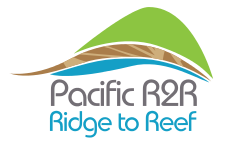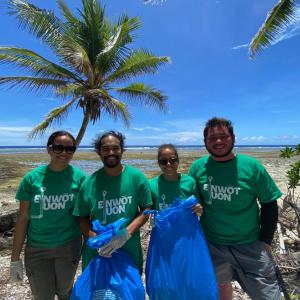Project Overview
The Republic of Marshall Islands (RMI) consists of 5 low - lying islands and 29 coral atolls, respectively 4 and 22 of which are inhabited. The total of 1,225 islands and 870 reef systems is scattered over 2.1 million sq km of the Central Pacific. Mean elevation is less than 2 meters and land area is small at 182 sq km. It has a vast maritime jurisdiction with more 6500 sq km of lagoon and more than 2 million sq km of Exclusive Economic Zone (EEZ).
RMI has some of the healthiest and robust coral reefs globally with high species diversity with more than 1,000 fishes, 360 corals, 2,500 invertebrates, 5 sea turtles and 27 marine mammals. On land in 4 atolls are home to globally important nesting seabird populations. Most atolls are ominated by agroforest, beach forest and savanna.
In some of the uninhabited northern atolls can be found a rare natural semi - arid forest. Approximately two - thirds of the population of 70,983 people reside in the main urban centres on the atolls of Majuro and Kwajalein (Ebeye) with nearby islands of Jaluit and Wotje described as peri-urban. As a Small Island Developing State (SIDS), RMI has a very strong dependence on natural resources and biodiversity – not only for food and income, but the relationship with the islands forms the basis of its culture and society which it has developed in harmony over thousands of years. To sustain this nation - defining natural resource base, RMI adopted Reimaanlok the National Conservation Area Plan – in 2008. This project will support the implementation of this roadmap to contribute to the overarching goal of a sustainable and resilient nation.
This document is in support of the Micronesia Challenge goals of effective conservation of at least 30% of the nearshore marine resources and 20% of the terrestrial resources by 2020 across Micronesia that includes the Republic of the Marshall Islands, Federated States of Micronesia and the Republic of Palau.







